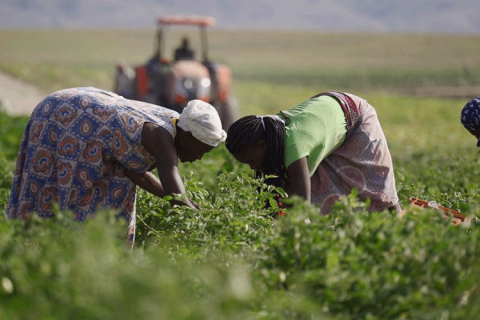In March 2023, according to the Secretary of State for Labor and Social Security, Pedro Filipe, the debt numbers were worrying, with the record of more than 40 thousand debtor companies and more than 160 billion kwanzas of debt cleared, which "causes in the medium and long term the unsustainability of the system".
The Government has, however, launched the process of debt regularization and coercive collections "and, fortunately, the results are beginning to appear", said Pedro Filipe.
"We have more than 10 thousand companies already notified and during this first half of the year alone, more than seven billion kwanzas have been recovered", he highlighted.
The government official stressed that 113 coercive collection cases were initiated in the courts, of which 26 are already closed, and 87 cases remain unresolved, with 2.1 billion kwanzas having been recovered through this means, in just around 15 months.
"We will remain very focused on the process of recovering social security debts, because we understand that it is everyone's duty to contribute to the robustness and sustainability of the mandatory social protection system", he highlighted.
The state Secretary of Labor and Social Security said that in the last quarter of 2023, 2.6 million workers were registered with the INSS, a number that increased at the beginning of the third quarter of this year to 2.8 million workers, an increase of 166 thousand workers, representing a growth of 6.19 percent.
This growth, he said, has been recorded mainly at the level of the employee regime.
Pedro Filipe stressed that the number of contributing companies has also increased in a "very consistent" way, going from 233,702, in the third quarter of 2023, to 249,299 in the first half of this year, an increase of 15,597 companies.
The number of pensioners also rose, continued Pedro Filipe, highlighting that 168,467 are currently assisted compared to 159,261 in the last three months of last year.
Regarding pensions, the Secretary of State noted that the Government approved its update, and adjustments were made to the old-age pension of 45 percent, going from just over 48 thousand kwanzas to 70 thousand kwanzas, to the survival pension of 127 percent, going from just over 30 thousand kwanzas to 70 thousand kwanzas, and the maximum pension of 20 percent, which rose from 607 thousand kwanzas to 729 thousand kwanzas.







